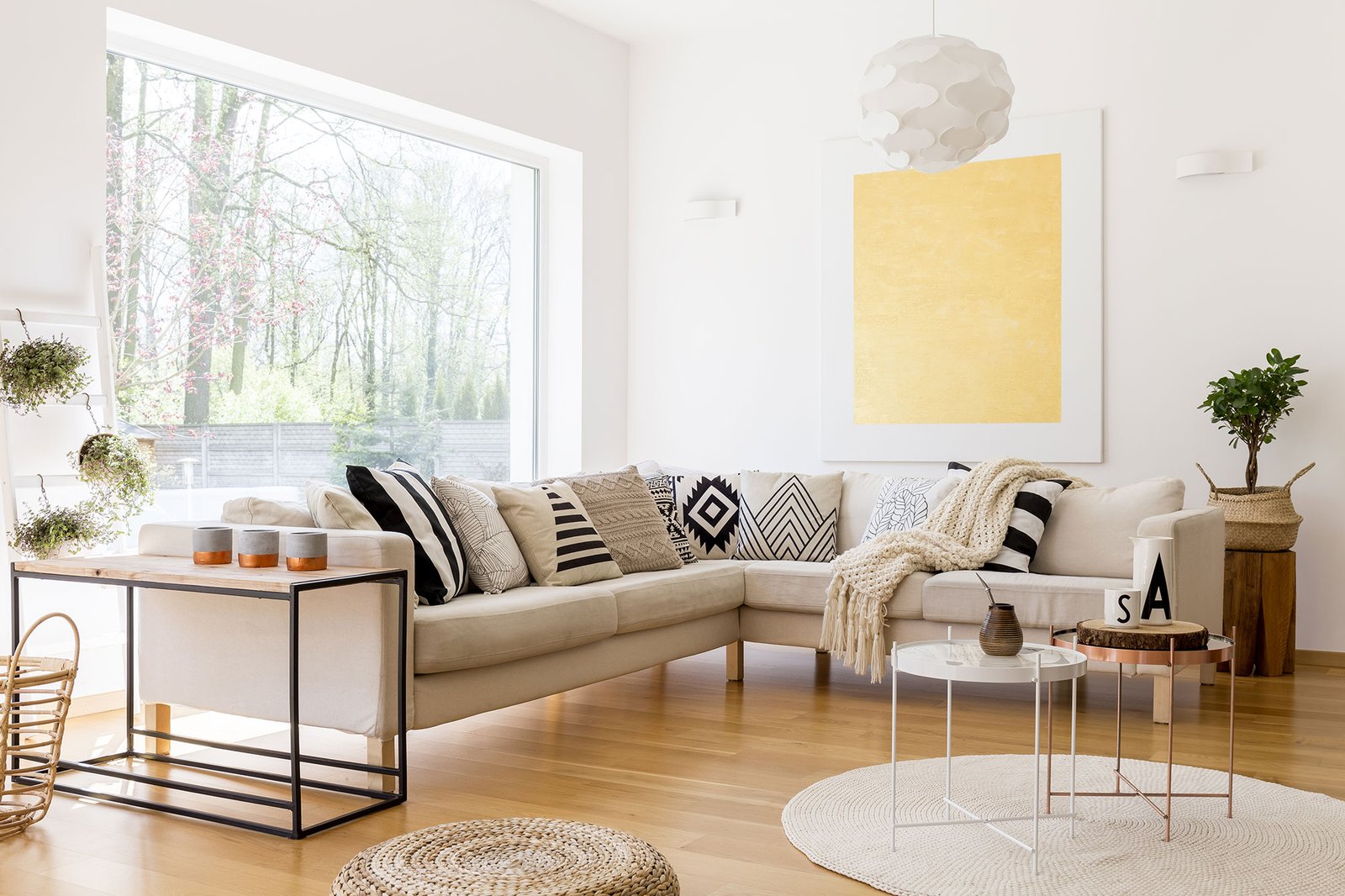Mixing patterns in interior design can transform your space into a lively and dynamic masterpiece. While the process may seem daunting, mastering the art of pattern mixing allows you to add personality and flair to any room. By following a few key principles, you can create a harmonious look that’s both visually interesting and cohesive. Here’s your guide to mixing patterns like a pro.
1. Start with a Color Palette
The secret to successful pattern mixing lies in a unified color scheme. Choose a palette of two to three main colors and a couple of complementary hues. Patterns in your space should share these colors to create a sense of harmony. For instance, pairing a navy floral print with a striped pattern that also features navy can tie the two together seamlessly.
2. Vary the Scale of Patterns
Combining patterns of different scales prevents the design from feeling overwhelming. Mix large, bold patterns with smaller, more delicate ones to create balance. For example, a room might feature a sofa with a large geometric print, a throw pillow with a medium-scale floral pattern, and a rug with a small-scale herringbone design.
3. Balance Busy and Simple Patterns
To avoid visual chaos, pair intricate patterns with simpler ones. If you have a busy wallpaper or statement rug, balance it with solid-colored furniture or subtle patterns on smaller accessories. This interplay creates a focal point while keeping the overall look cohesive.
4. Incorporate Neutral Elements
Neutrals act as a grounding force when mixing patterns. Incorporate solid neutral-colored items, such as a white throw blanket or beige curtains, to provide visual relief. These elements allow bold patterns to shine without competing for attention.
5. Play with Pattern Types
Don’t be afraid to mix different types of patterns. Florals, stripes, plaids, and abstract designs can coexist beautifully when tied together with a common color palette. Combining varied pattern types adds depth and personality to your space.
6. Layer Textures for Extra Dimension
Textures play an important role in pattern mixing. Combining different textures, like a velvet cushion with a woven throw, adds depth and richness to your design. Texture enhances the visual and tactile experience, making the space feel more inviting and cohesive.
7. Use Patterns in Unexpected Places
Patterns aren’t just for textiles. Experiment with patterned wallpaper, tiles, or even painted furniture to add interest in unexpected areas. A patterned backsplash in the kitchen or a bold design on a ceiling can create a stunning focal point.
8. Experiment with Symmetry
If you’re new to mixing patterns, symmetry can be your best friend. Pair patterns in a balanced way, such as matching throw pillows on either side of a sofa. Symmetry provides structure, making it easier to experiment with bold combinations.
9. Test Before You Commit
Before fully committing to a mix of patterns, test how they look together. Lay fabric swatches, rug samples, or wallpaper strips side by side to see how they interact. This step allows you to refine your choices and ensure they complement each other.
10. Trust Your Instincts
While guidelines are helpful, interior design is a personal art form. If a combination of patterns feels right to you, it likely reflects your unique style. Trust your instincts and have fun experimenting to create a space that feels authentically yours.
Final Thoughts
Mixing patterns is a bold way to infuse energy and character into your interiors. By following these tips and allowing yourself the freedom to experiment, you can achieve a harmonious and visually captivating design. Whether you’re decorating a single room or refreshing your entire home, the art of pattern mixing will elevate your space to new creative heights.


